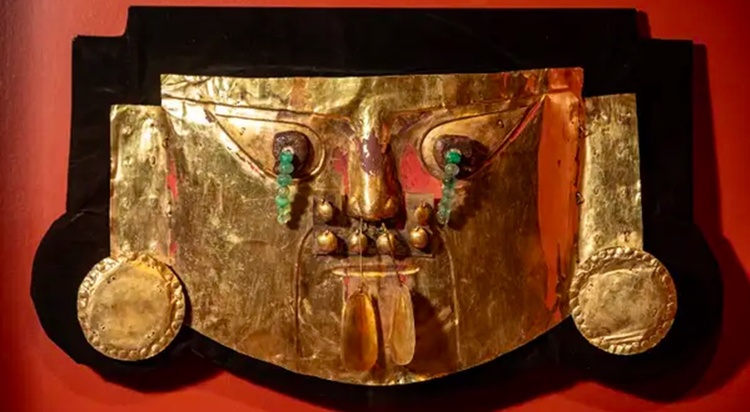
History of visual arts in Peru
The history of the visual arts in Peru is fascinating and diverse, covering a wide range of periods, styles and artistic movements. Here is a summary of the main moments and features:
1. Pre-Columbian art: Before the arrival of the Spanish, Peru was inhabited by various indigenous cultures, such as the Moche, Nazca, Chavín, Paracas, Chimú and Inca, among others. These cultures produced a variety of art, including ceramics, textiles, stone sculptures, and precious metals. The works of art of the Moche civilization stand out, such as their erotic ceramics and realistic portraits, as well as the finely crafted textiles from Paracas.
2. Spanish colonization: With the arrival of the Spanish in the 16th century, European artistic influences were introduced, especially in the religious field. A school of colonial painting known as the Cuzqueña School developed, which combined European techniques with indigenous and religious themes. Artists such as Diego Quispe Tito, Marcos Zapata and Juan Espinoza de los Monteros stand out.
3. 19th century: During the 19th century, academicism and realism predominated in Peruvian art, with artists such as Francisco Laso and Daniel Hernández. Representations of daily life, landscapes, portraits and historical scenes stood out.
4. 20th century - Indigenism: In the first half of the 20th century, the indigenista movement emerged in the Peruvian visual arts, which sought to represent and value indigenous culture and its traditions. Artists such as José Sabogal, Julia Codesido and Camilo Blas stand out.
5. Avant-garde and contemporaneity: Starting in the second half of the 20th century, avant-garde and experimental movements emerged in Peruvian art, such as abstract expressionism, conceptual art and installation. Artists such as Fernando de Szyszlo, Emilio Rodríguez Larraín and Teresa Burga stand out, who explored new forms of expression and social and political themes.
In summary, the history of the visual arts in Peru is a mix of indigenous traditions, colonial influences and modernity, with a variety of styles and movements that reflect the rich cultural diversity and artistic evolution over time.

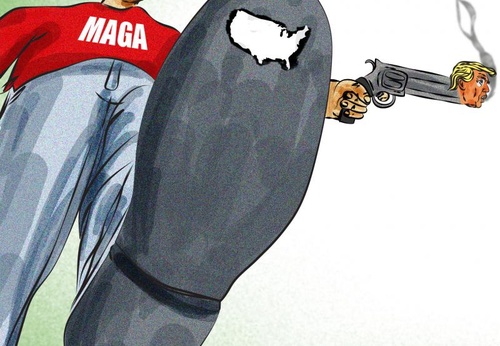
- July 15, 2025
Shot in the foot
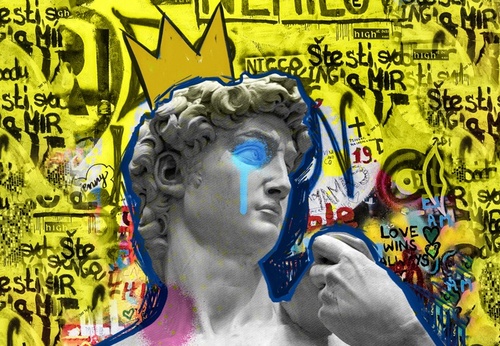
- July 15, 2025
Differences between modern art and contemporary art
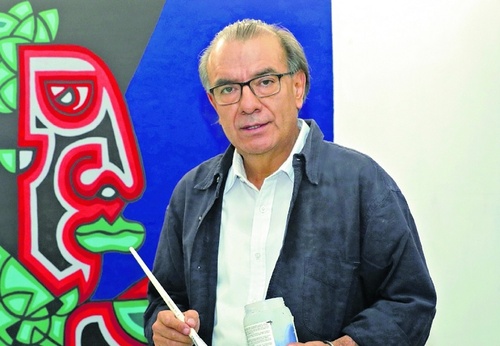
- July 15, 2025
Rudy Cottón Exhibition in Guatemala
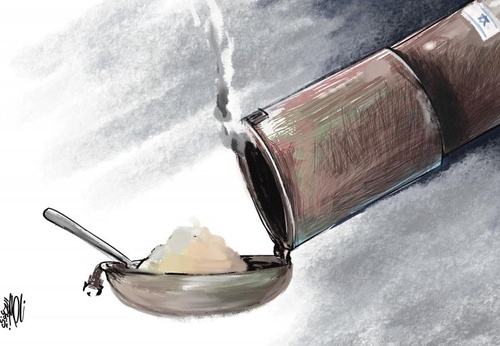
- July 15, 2025
Gallery Of Humor Drawing By Naser Jafari - Jordan_Part2
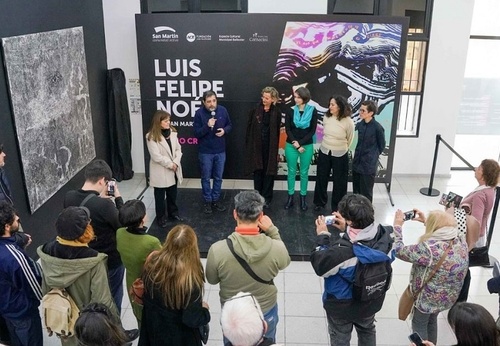
- July 15, 2025
Exhibition of a Legend of Latin American Visual Art
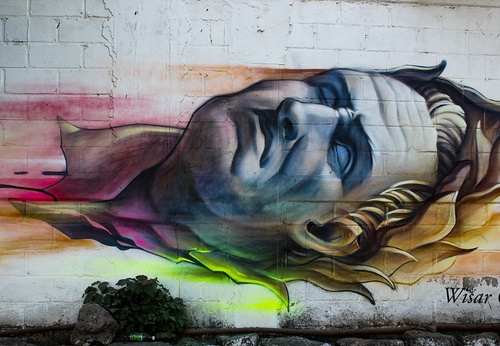
- July 15, 2025
Gallery Of Street Art By Bryan Molina - Mexico
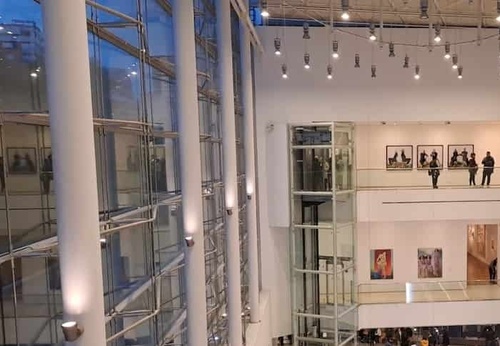
- July 14, 2025
An exhibition that says nothing
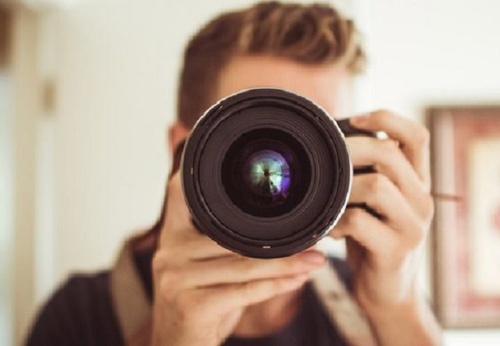
- July 14, 2025
Visual Techniques in Advertising Photography

- July 15, 2025
How does Artificial Intelligence help d…

- July 15, 2025
Differences between modern art and cont…

- July 14, 2025
Visual Techniques in Advertising Photog…

- July 14, 2025
Graphic Design and the Creation of Icon…

- July 13, 2025
Latin American painting

- July 13, 2025
Culture, art and music in Colombia

- July 10, 2025
The Evolution of Graphic Design from Ty…

- July 10, 2025
How Digital Artists Collaborate with Ar…

- July 09, 2025
The Value of Art in Education

- July 09, 2025
Art as a Reflection of Society

- July 08, 2025
The history of Bolivian art

- July 08, 2025
Protecting Art in the Age of Artificial…

- July 04, 2025
Graphic Design and Creating Iconic Bran…

- July 04, 2025
Photography as a Tool for Telling Histo…

- July 03, 2025
Painting and abstract art: differences …

- July 02, 2025
The Best Software for Digital Art and G…

- July 01, 2025
How Digital Artists Collaborate with Ar…

- July 01, 2025
Reflections of Digital Art in Different…

- June 30, 2025
Crítica de Obras Artísticas Criadas por…

- June 30, 2025
What are Plastic Arts?

- August 29, 2023
The history of Bolivian art

- February 19, 2024
Analysis and meaning of Van Gogh's Star…

- January 28, 2024
Culture and Art in Argentina

- September 25, 2023
What is the importance of art in human …

- September 23, 2023
What is paint?

- August 10, 2023
14 questions and answers about the art …

- August 30, 2023
First artistic manifestations

- August 23, 2023
The 11 types of art and their meanings

- September 23, 2023
Painting characteristics

- September 23, 2023
History of painting

- January 12, 2024
10 most beautiful statues and sculpture…

- August 16, 2023
The 15 greatest painters in art history

- April 06, 2024
History of visual arts in Ecuador

- March 26, 2024
The importance of technology in art1

- January 31, 2024
Examples of Street Art – Urban Art

- January 20, 2024
What is the relationship between art an…

- April 07, 2024
Graffiti in Latin American culture

- March 26, 2024
Cultural identity and its impact on art…

- October 21, 2023
Contemporary art after the Second World…

- August 25, 2024
A Comprehensive Analysis of the Cartoon…

- February 19, 2024
Analysis and meaning of Van Gogh's Star…

- August 13, 2023
9 Latino painters and their great contr…

- August 10, 2023
14 questions and answers about the art …

- August 29, 2023
The history of Bolivian art

- January 28, 2024
Culture and Art in Argentina

- August 23, 2023
The 11 types of art and their meanings

- November 06, 2023
5 Latin American artists and their works

- August 27, 2023
15 main works of Van Gogh

- September 23, 2023
Painting characteristics

- September 23, 2023
What is paint?

- September 25, 2023
What is the importance of art in human …

- December 18, 2023
10 iconic works by Oscar Niemeyer, geni…

- August 30, 2023
First artistic manifestations

- January 20, 2024
What is the relationship between art an…

- March 26, 2024
Cultural identity and its impact on art…

- January 12, 2024
10 most beautiful statues and sculpture…

- October 30, 2023
Characteristics of Contemporary Art

- August 22, 2023
What are Plastic Arts?

- April 16, 2024
The most important painters of Latin Am…

- August 24, 2023


